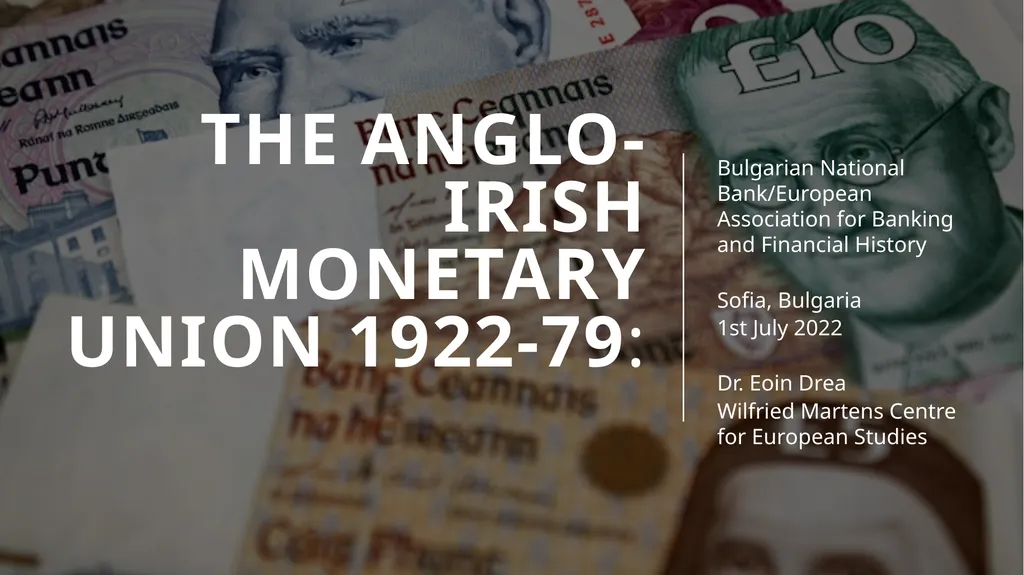
The anglO-IRISH mONETARY UNION 1922-79: Bulgarian
Author: natalia-silvester | Published: 2025-07-16
Description: The anglO-IRISH mONETARY UNION 1922-79: Bulgarian National BankEuropean Association for Banking and Financial History Sofia, Bulgaria 1st July 2022 Dr. Eoin Drea Wilfried Martens Centre for European Studies From confrontation to
Download Presentation
Download the PPT/PDF: Download
Transcript:
Loading transcript…